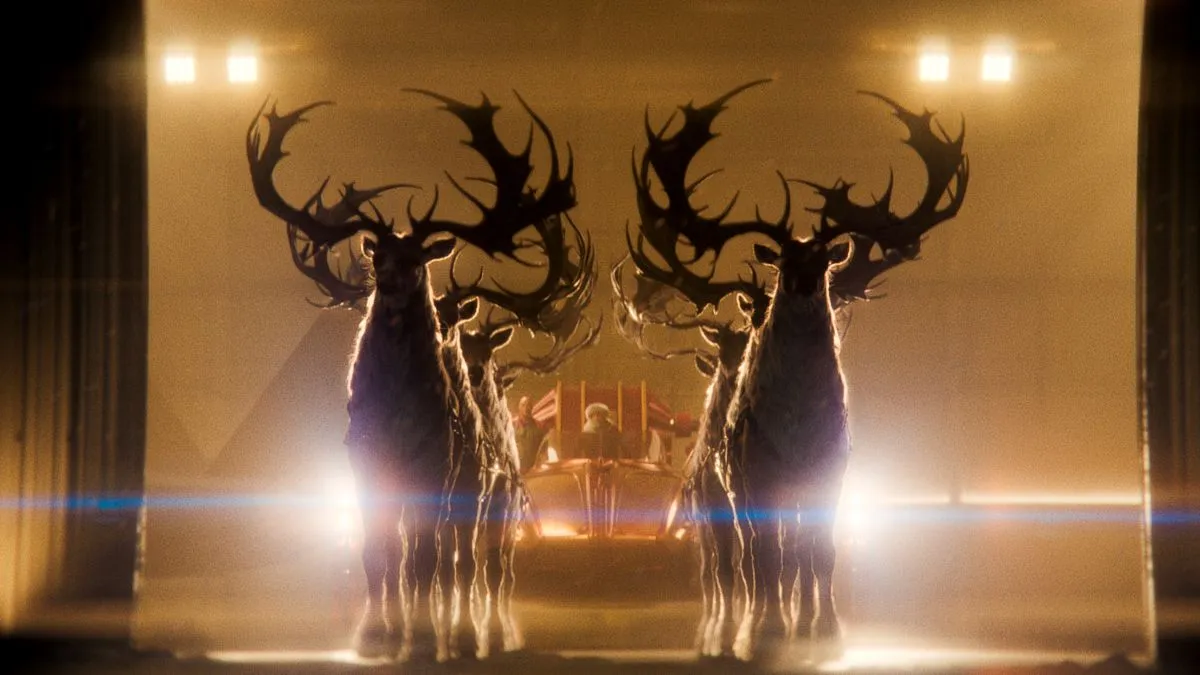
It’s hard not to notice the sheer scale and spectacle of Red One, a film that seems designed to remind audiences of the action-packed, larger-than-life blockbusters of yesteryear. Dwayne “The Rock” Johnson, with his muscular frame and khaki-clad calves, is clearly channeling a modern-day Arnold Schwarzenegger or Sylvester Stallone. However, where films like Rambo and The Terminator were layered with intelligence beneath their explosions, Red One struggles to elevate itself beyond a flashy CGI spectacle, constantly battling with its own identity.
Despite its flashy appeal, the movie lacks the substance that could make it genuinely memorable. With a hefty $250 million production budget, Red One raked in $175.5 million at the box office and attracted a record 50 million viewers in its first four days on Prime Video. These impressive numbers suggest the film has successfully captured audience attention, but the real question is: Are people actually enjoying it, or are they just watching for the spectacle?
MGM Studios seems to think that Red One is destined to become a holiday favorite, with Jennifer Salke, Amazon MGM’s head, touting the success of the dual theatrical and streaming release strategy. She celebrates the wide reach of the film, citing the high viewership on Prime Video as a victory. However, there’s an unsettling undercurrent in her statement, implying that the numbers alone—whether in theaters or on streaming—are enough to ensure the film’s place in popular culture. But the truth is, the film’s success feels like an artificial construct, not a cultural phenomenon.
The problem with Red One isn’t just that it’s formulaic, it’s that it actively undermines any chance of sincerity or genuine engagement. Dwayne Johnson’s character starts with a crisis of faith in Christmas, but by the end, his beliefs are miraculously restored, not through any meaningful arc, but because the movie is simply over. The plot moves forward like a checklist, devoid of any real emotional stakes. It’s as if the film expects you to laugh at its absurdity while also taking its messages seriously, creating a disconnect that prevents audiences from truly enjoying the experience on their terms.
In the end, while the numbers may be impressive and the marketing might tout Red One as the next big thing, it’s hard to imagine the film standing the test of time. The rush of viewership may fade, and when it does, all that will remain is another flashy, forgettable spectacle. Real classics—films with lasting emotional depth and true sincerity—will continue to endure long after the numbers fade away, leaving Red One in the dust of temporary relevance.
